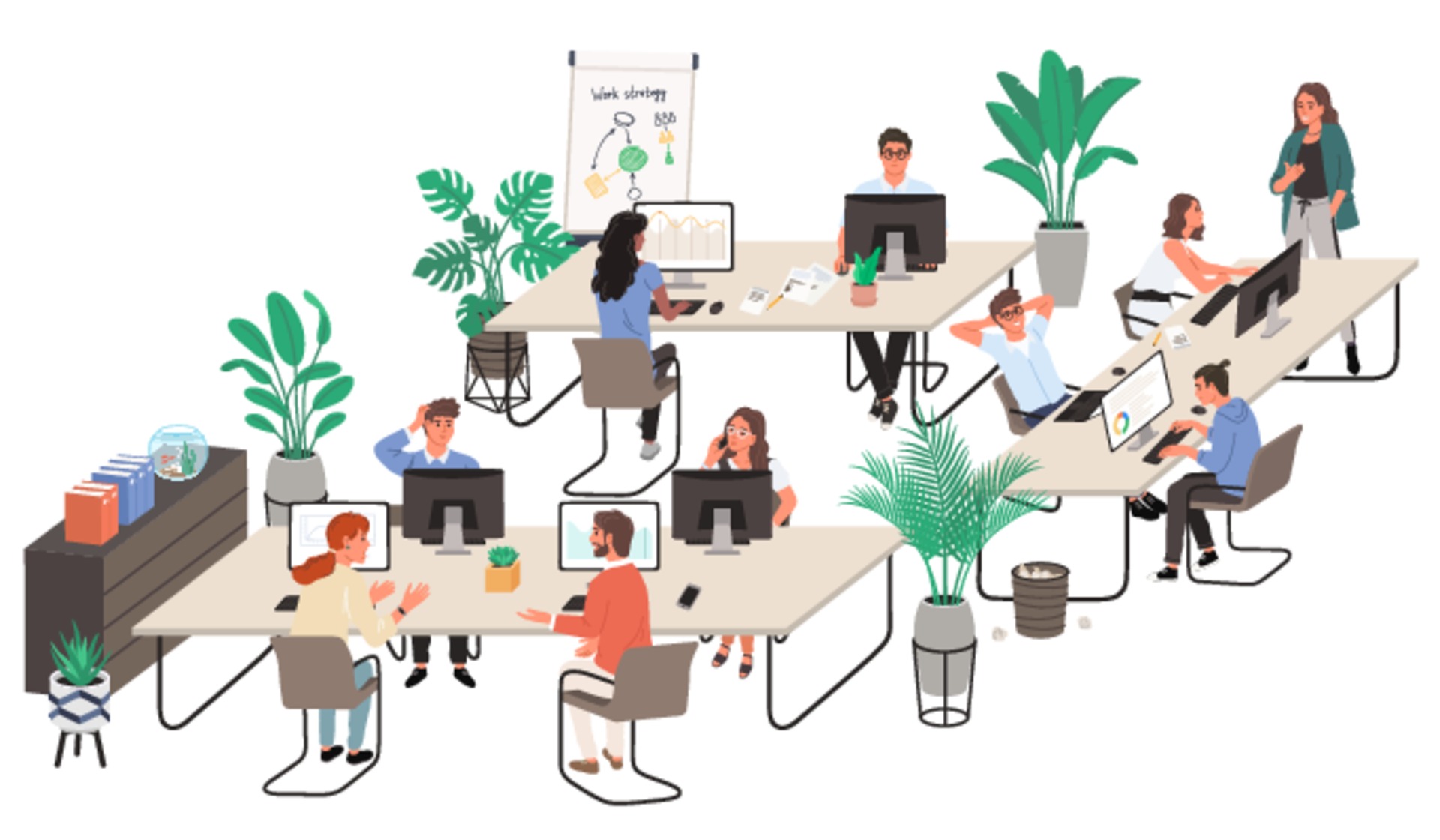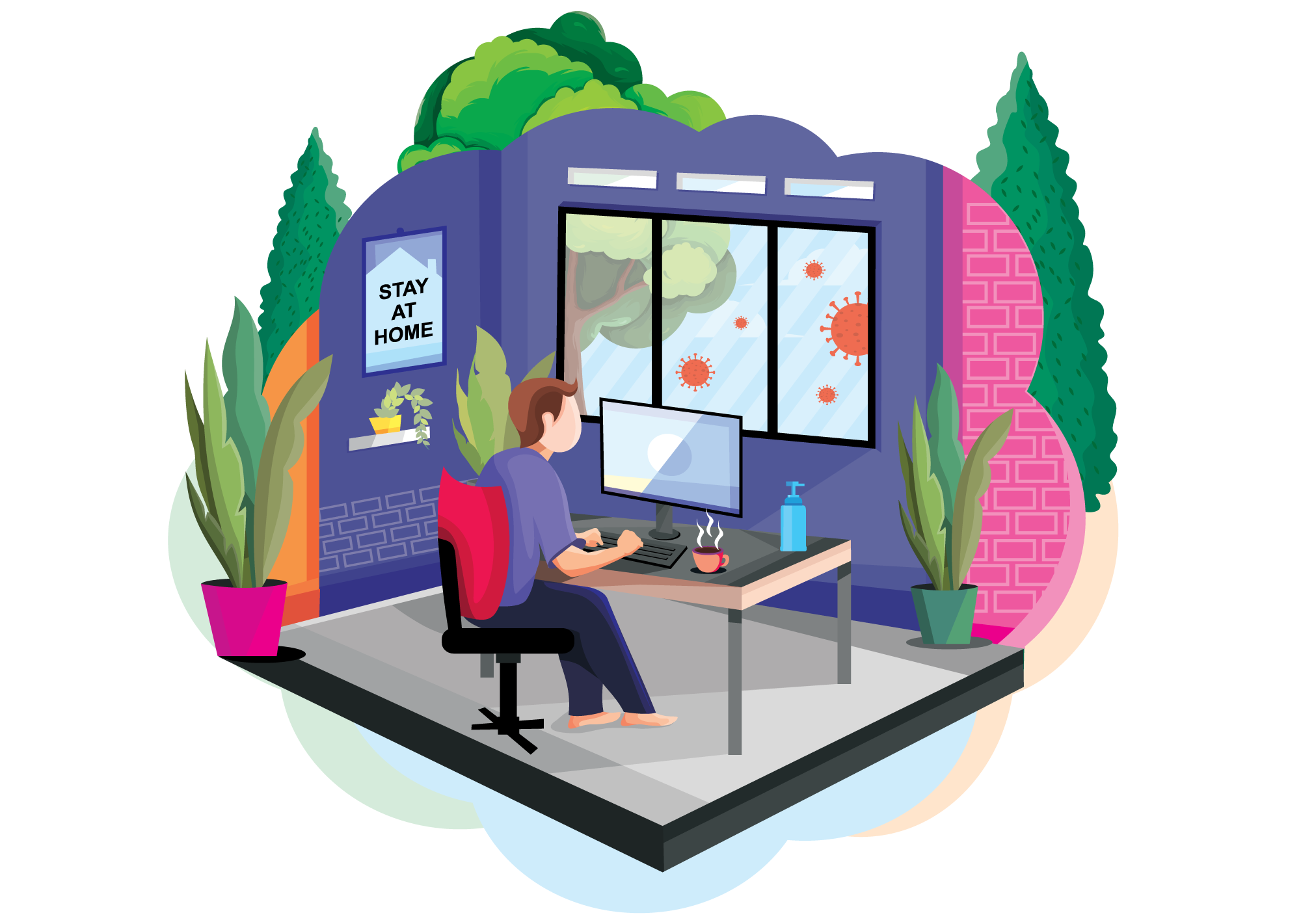Every business follows an organizational structure that determines how the company is managed and how decisions are made. For smaller companies, all decision-making power might lie with one or two individuals. In larger companies, there might be varying levels of decision-making between departments and the company as a whole. Ultimately, companies tend to fall into one of two categories: centralized or decentralized.
As the digital era continues to tighten its grip and create new normals in the workplace, it’s important to consider how this will affect management and decision-making. Here’s a quick primer on centralized vs. decentralized organizations and how they operate.

What Is a Centralized Workplace?
A centralized workplace is a physical or virtual space where the management and decision-making power of the company lies at the top. They coordinate financial, hiring, and operational decisions that trickle down through the rest of the organization. These decisions are usually made by the business owner or a small team of senior leaders.
Centralization can also refer to the physical space itself. In a centralized workplace, the employees of a company work together within the same space, such as an office building. Centralization can improve communication and coordination among employees, which can lead to increased productivity. It can also help companies save money by eliminating the need for multiple office spaces.
![vecteezy_man-having-video-call-with-colleagues-using-the-computer_7686683-[Converted]](https://www.hitouchbusinessservices.com/wp-content/uploads/2022/08/vecteezy_man-having-video-call-with-colleagues-using-the-computer_7686683-Converted-1.png)
What Is a Decentralized Workplace?
By contrast, a decentralized workplace spreads out decision-making authority across multiple individuals and departments. Individuals in lower-level positions make decisions according to various business needs, then report them to upper-level management.
Decentralization can also refer to a workplace where employees are not centrally coordinated but instead work independently or in small groups. This type of organization can be beneficial because it allows for more creativity and flexibility and can be more efficient because employees are able to specialize.
With more companies going remote, expanding the decentralized model is becoming a natural byproduct, to some degree. More companies are relying on the judgment of their employees to complete their work, overcome problems, and streamline tasks.

Benefits of Centralized vs. Decentralized Organizations
Both centralized and decentralized structures offer benefits to organizations. Let’s look at a few key benefits:
Benefits of Centralized Decision-Making
In a centralized workplace, managers have more control over the work that is being done and can better monitor employee performance.
When everyone is responsible for making decisions, it can be difficult to communicate with everyone who needs to know about the decision. With centralized decision-making, all communication goes through one person or group who can then relay the information to everyone who needs it. This improves communication and ensures that everyone is on the same page.
When decisions are made centrally, it is easier to make changes and implement new policies. This is because there is one person or group in charge of making decisions and they can make changes quickly and efficiently. This increases efficiency within the company or organization and helps it run more smoothly.
It can also make it easier to ensure decisions are in the best interest of the organization. There are usually more restrictions in place regarding how to interact with the public and clients, both of which may help a company to protect its brand image.
Benefits of a Decentralized Organization
For employees, a decentralized workplace can offer more flexibility and freedom when it comes to working hours and where they do their work. They may also have more opportunities for creativity and collaboration, as tasks may be allocated as needed rather than stuck in rigid job descriptions.
For employers, a decentralized workplace can lead to increased efficiency and productivity, especially for larger companies. Decisions can be made on a case-by-case basis instead of having to go all the way up the management chain, which can be quite lengthy in multi-national companies.
Decentralized decision-making may also lead to more creative and innovative solutions because it allows for a variety of viewpoints to be considered. It promotes accountability because everyone has a say in the decisions that are made. This can also lead to better decision-making because there is more input from those who will be affected by the decisions.

Limitations of Centralized vs. Decentralized Workplaces
Let’s flip the coin — what are the potential downsides of centralized vs. decentralized workplaces?
One thing to be cautious of is the possibility of groupthink. Groupthink occurs when a group of people makes decisions based on the consensus of the majority, rather than on individual opinions. This can lead to faulty decisions being made, as the group may be reluctant to challenge the status quo or consider alternative solutions. Tunnel vision is a similar phenomenon that can occur when a group is so focused on achieving a specific goal that they fail to see other potential solutions or problems.
Decentralized workplaces also come with some drawbacks, such as the lack of communication and coordination that can lead to confusion and chaos. It can be harder to make decisions and turn them into policies when everyone has some input.
Making the Transition to a Decentralized Organization
Centralized or remote, all organizations need to feel supported in their missions. HiTouch Business Services brings industry-leading customer experience to our clients to improve decision-making and daily management across your entire team. Plus, we provide business services and solutions for every facet of your workplace: Breakroom solutions, print and marketing services, promotional solutions and unique promotional products, IT services and solutions and innovative facility services and solutions.





